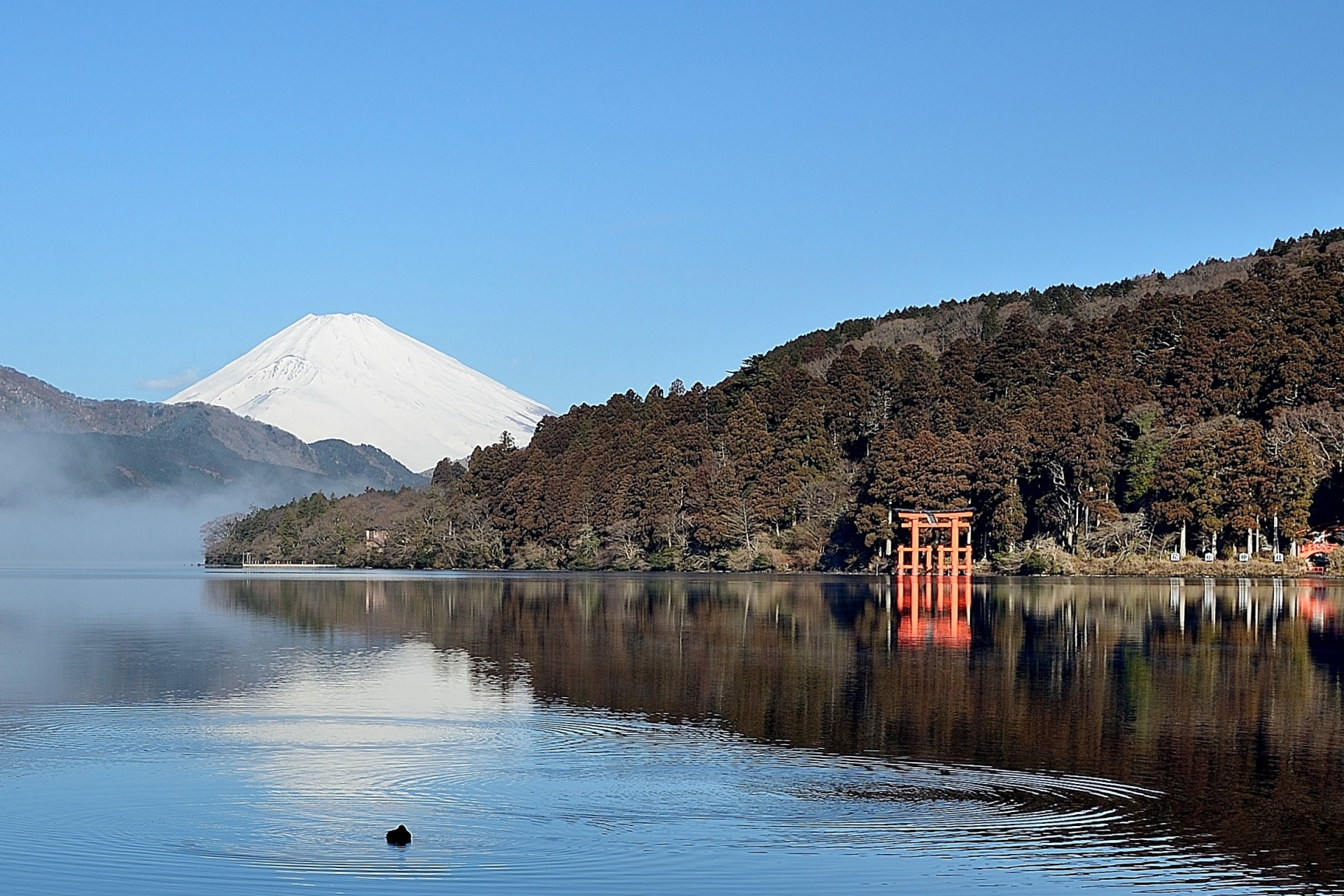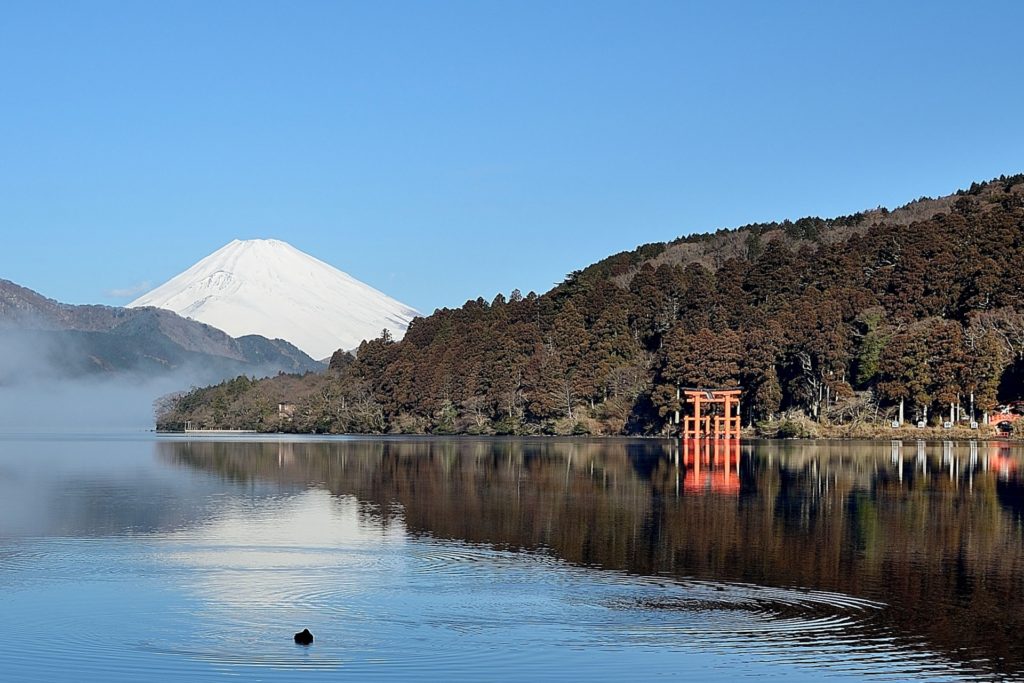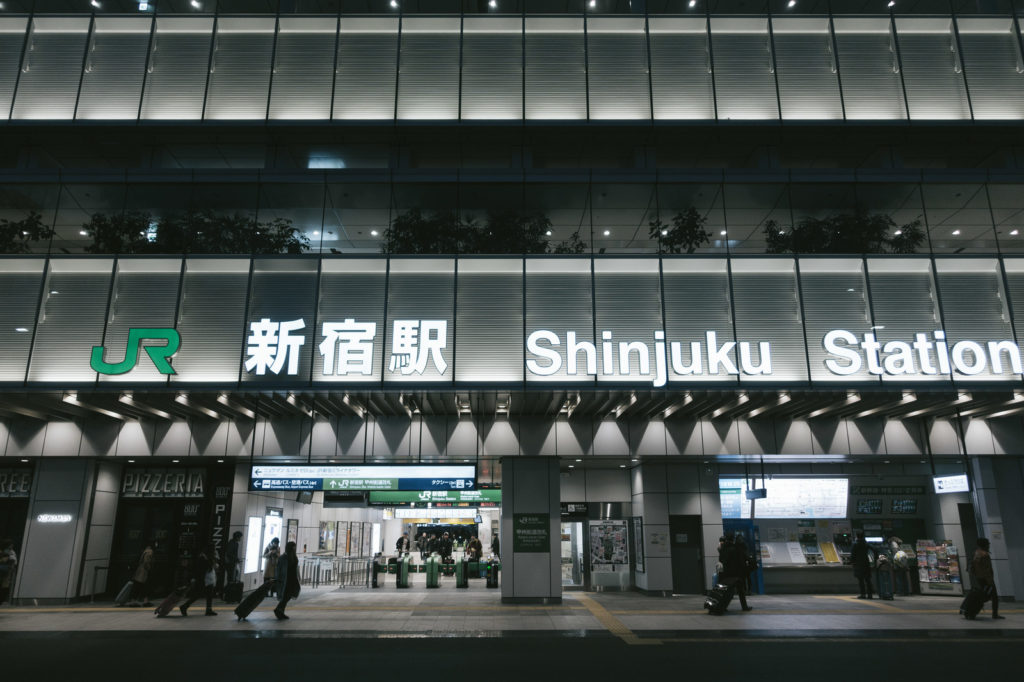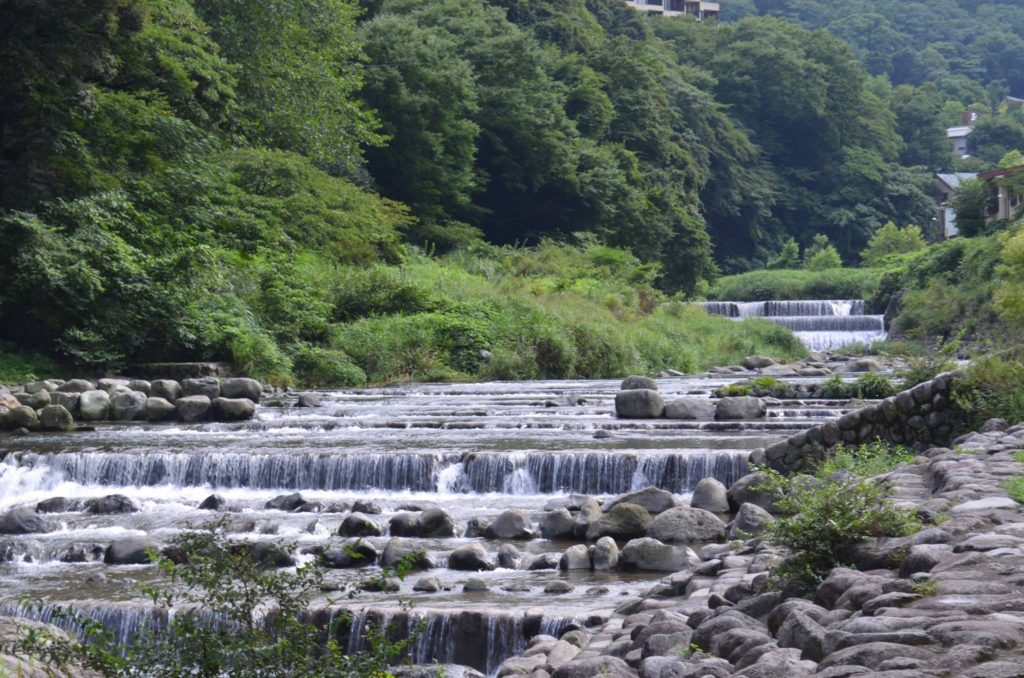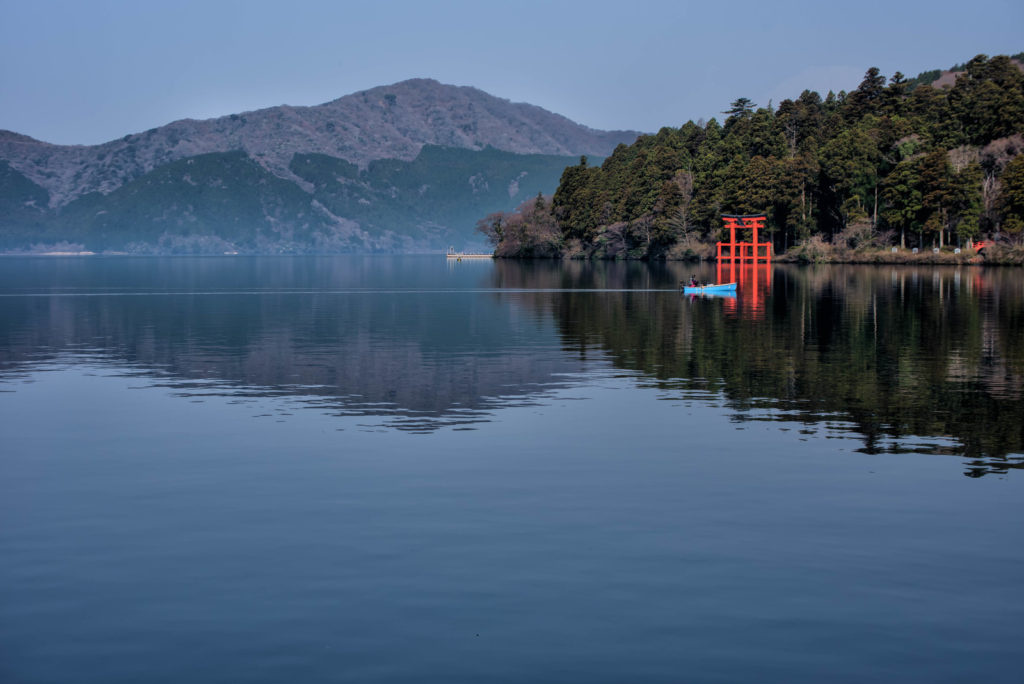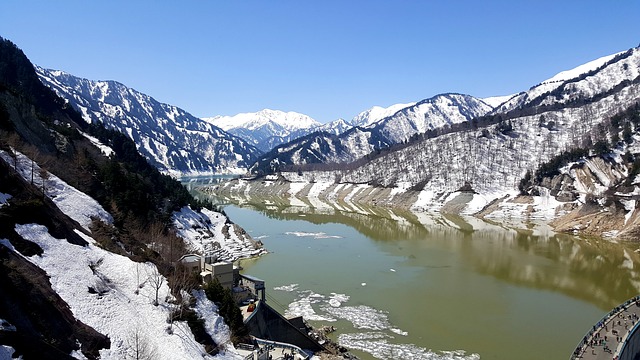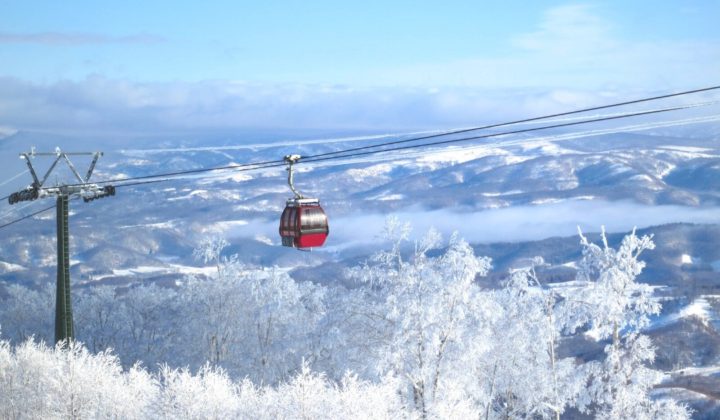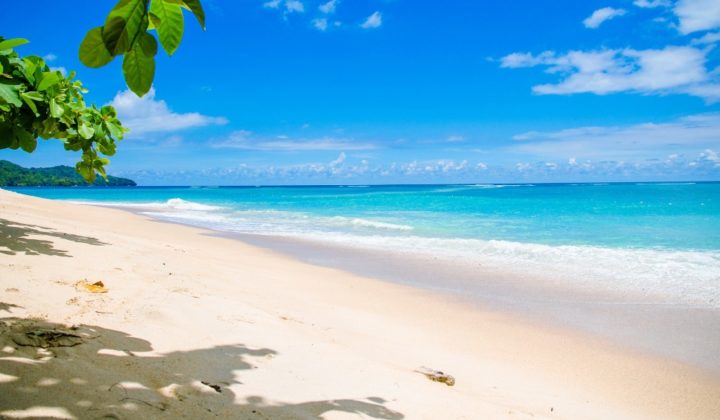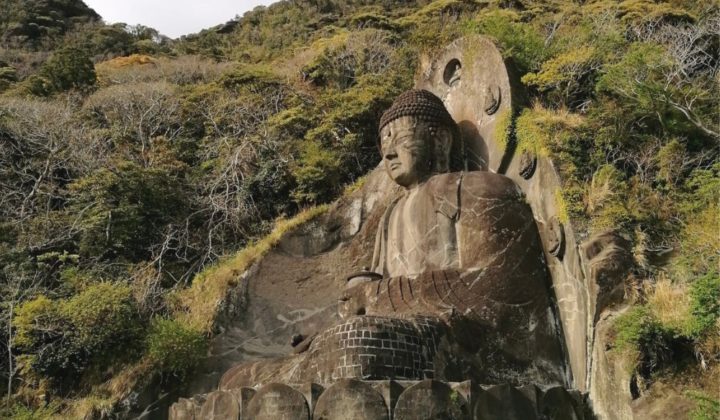Hakone, 箱根, is a town in Kanagawa prefecture, located in the mountainous region far west of the prefecture. It has been designated as one of the Japanese National Geopark.
Hakone is also regarded as one of the most famous destinations for tourists, as well as the Japanese. It is known for the beautiful scenery during all four seasons, hot springs, museums, and shrines are also the reason why Hakone has a lot of visitors throughout the year. Because it is not far away from Tokyo, many Japanese and foreigners choose it as an escape from the city during the weekends. So I hope this article will help you make the most of your 2 days in Hakone.
1. Where is Hakone and why is it famous?
Hakone is a part of the Fuji-Hakone-Izu National Park, an volcanically active area centered on Lake Ashi (芦ノ湖). The area is located at the base of Mount Hakone and Lake Ashi was actually form by the volcanic eruption of the mountain approximately 3,000 years ago. Because the area is volcanically active, there are a lot of hot springs, in fact, there are 17 major hot springs each with different kinds of spring water. Hakone is a combination of several hot spring towns, Miyanoshita is one of them. The town is famous for the Fujiya hotel. This hotel was constructed over 100 years ago and it is a mixture between traditional Japanese and western architecture. This hotel has had several celebrities staying in, including John Lennon and later on his son, Sean Lennon.
Apart from that, Hakone is also famous for the spectacular mountain view of Mt Fuji across the lake. From lake Ashi, tourists can get one of the clearest and finest view over Mt Fuji, it has become one of the most iconic image for the town. The view of Mt Fuji, side by side with the smaller hills and mountains, on the lake with cloud rolling over is easily one of the most spectacular view that I have seen. Having been to Hakone for 2 times, I can only say that the view was more beautiful than those in postcards. What makes the experience and sightseeing in Hakone more enjoyable is the atmosphere and the environment surrounding the area. Even though it is one of the most popular destinations for tourists, Hakone still has the feeling of tranquility and peace. You can always see and feel the beauty of nature in the area no matter how crowded it is.
Museums are also a big part of Hakone. With 4 popular museums, Hakone Open-Air Museum, Pola Museum of Art, Okada Museum of Art, and Hakone Museum of Art, Hakone offers the opportunity to learn more about the history and culture of the area as well as Japan.
2. Access to Hakone
Hakone is located less than one hundred kilometers from Tokyo. There are a lot of ways to get to Hakone, but one popular way to go is to start from Shinjuku station. It only takes about 1 or 2 hours at max to get to Hakone from the Shinjuku station. There are numerous way of getting to Shinjuku station from Narita airport, you can choose from Limousine Bus, Narita Express, Keisei Skyliner, Airport Shuttle Bus, and taking taxi or Uber. Limousine Bus is an affordable and reasonable option while the Keisei line is cheaper. However, you might have to experience the ‘Japanese rush hour’, then the train might be slower and very crowded, not very optimal for people with large and heavy luggage. The Narita Express will get you to the station much faster but with higher cost. The taxi and Uber are the last option you want if you are traveling on a budget, these types of transportation are very expensive in Japan, more comfort at higher prices.
The most popular plan for both Japanese and international tourists is buying the free pass. You can purchase the pass once you get to the Shinjuku station, you can also pre-purchase the pass then get to the station to pick it up. There are 3 common types of pass: Hakone Free Pass, Fuji Hakone Pass, and the Hakone Kamakura Pass. Since we are only doing a 2-day trip to Hakone, the first option is the best choice for most people.
Hakone Free Pass is offered by Odakyu Railways, it is a discounted pass for tourists to fully explore Hakone. This pass will provide you with free transportation when you use Odakyu-affiliated buses, trains, boats, even ropeways and cable cars. You will have unlimited use of the Hakone Tozan Railway (Odawara-Gora), the Souzan Cable car and Hakone Ropeway, the Hakone Sightseeing Boats on Lake Ashinoko, Hakone Tozan Buses and Odakyu buses within the free area. Additionally, there are also several attractions in Hakone that will be discounted if you have the pass. The pass can be purchased at the Shinjuku station or at the Odawara station. If you plan to purchase at Shinjuku station, you can purchase the round-trip-included pass from Shinjuku to Hakone and back with the price of ¥5,140 for 2 days, it costs ¥5,640 for 3 days. And if you purchase the pass at Odawara station, the price will only be ¥4,000 for 2 days and ¥4,500 for 3 days. This is the price for adults, children will receive a discount at almost 75% the original price, but from April 2019, the price will be slightly increased.
The Fuji Hakone Pass is only available for non-Japanese passport holders. It is very similar to the Hakone Free Pass but with an addition to unlimited use of transportation in the Fuji Five Lakes area. This pass is only available as a 3-day pass and it costs ¥8,000, once again, there will be a slight increase in April 2019. Similar to the Fuji Hakone Pass, the Hakone Kamakura Pass will provide transportation to explore Hakone as well as Kamakura area, available at ¥6,500 and lasts for 3 days.
3. Where to stay
Because Hakone has many areas that I think different people will have different opinion on them, I will try to recommend you a place to stay depending on your interest. Because of the various and famous onsens, almost all hostels and hotels in Hakone have their own onsens. I personally use booking.com and Agoda to look for places to stay but the general rule still applies, the closer it is to the center the more expensive it will be.
1. Staying for the nature
I highly recommend the Tonosawa, Motohakone, and Gora areas. Tonosawa has mountainous scenery, peaceful atmosphere, and a traditional Japanese feeling to it. Motohakone has one of the most famous views, the sight of Mt Fuji, Mt Hakone, and Lake Ashi. This makes it a little bit pricey, but for those who really love nature, it will be totally amazing to wake up to such beautiful scenery. Gora offers amazing natural landscapes, outdoor onsens, beautiful parks, and fountains.
2. Staying on a budget
I would suggest Hakone-Yumoto and Sengokuhara. Hakone-Yumoto is fairly far from the center of Hakone, the prices around this area are not too expensive for tourists. However you can still enjoy the experience of onsens and museums around Hakone-Yumoto. Sengokuhara offers natural beauty and outdoor activities, far away from the tourist attractions in the center so that you can enjoy your time peacefully and quietly.
4. What to do
As mentioned above, there so many things that you can do and enjoy in Hakone. Ranging from gazing at the natural beauty to experience the culture and environment of Hakone, you can find a running list of interesting things to do and places to visit.
- Lake Ashi: this is one of the iconic places in Hakone, you can almost always see World Heritage Mt Fuji on any day. One of the best way to enjoy is to take the Hakone Sightseeing Cruise, it is free to use if you have the pass, as many time as you like to fully explore the Lake. There will be a person explaining the origin of the lake, the culture of the area, and giving recommendations during the boat trip. On the boat, you can have an overview of the entire area as well as the famous Mt Fuji. You can take either the round trip around the lake or one way trip to enjoy other places in the area.
- For those who want to learn more about the culture and history of Hakone or Japan, I would recommend you to visit Hakone Checkpoint, Hakone-jinja Shrine, and Odawara Castle Donjon. Hakone Checkpoint is a reproduction of the checkpoint on the Old Tokaido road during the Edo period. The Hakone-jinja Shrine is dated back in the year 757, this is the shrine where the Tokugawa and other samurai families worshipped. Another famous thing about the shrine is the red torii gate, visible on the shore of Lake Ashi. Lastly, the Odawara Castle Donjon is the largest donjon in the Kanto area, constructed based on the Edo period, visitors will get the chance to learn more about history in the Edo period.
- You can also enjoy the beauty of Hakone through the Ancient Cedar Avenue, Owakudani, and Hakone Gora Park. The Ancient Cedar Avenue goes from Motohakone-ko to Hakonemachi-ko, the cedars there was planted 400 years ago to give the travelers along the old Tokaido road protection from the weather. Owakudani is also a famous spot in Hakone, it is known as “Valley of Hell” for being on top of fumaroles that still emits steams. Black eggs, that is believed to give you 7 years to your life, are a famous specialty in Owakudani. Finally, Hakone Gora Park will give the view of flowers throughout the year and the taste of traditional Japanese tea.
5. My 2-day trip to Hakone in Japan
My trip to Hakone started in Shinjuku at 8:00 AM, I arrived at Hakone-Yumoto at around 11:00 AM. Then I took the bus to Hakonemachi at 12:00 AM, stopped for lunch at a local restaurant and then I got on the cruise to enjoy Lake Ashi. I took the one way boat trip to Togendai where I took the Hakone Ropeway to Owakudani at 01:30 PM. After I enjoyed the black eggs and the view, I took the Cable car back to the center, taking the bus back to Hakone-Yumoto at around 05:00 PM and checked in for my room at Azito Guesthouse. I enjoyed my dinner and onsen there, slept well then I left early next morning, going back to Hakonemachi. From there I went through the Cedar Avenue to the Hakone-jinja Shrine, then I took some pictures at the famous red torii gate on the shore. After that, I had lunch once again then hopped on a bus back to Hakone-Yumoto. From there, I took the train back to Shinjuku, arrived at 04:00 PM and finished my 2-day trip in Hakone.
I enjoyed every bit of the trip and I thought it was not very expensive for such an escape. I had an amazing experience so I hope this little guide will help you get an enjoyable and memorable trip in Hakone. With that being said, there are also other amazing and interesting things that you might want to experience in Japan, if you ever need more guidance or tips, be sure to check out “Guidable” for more help and support!

